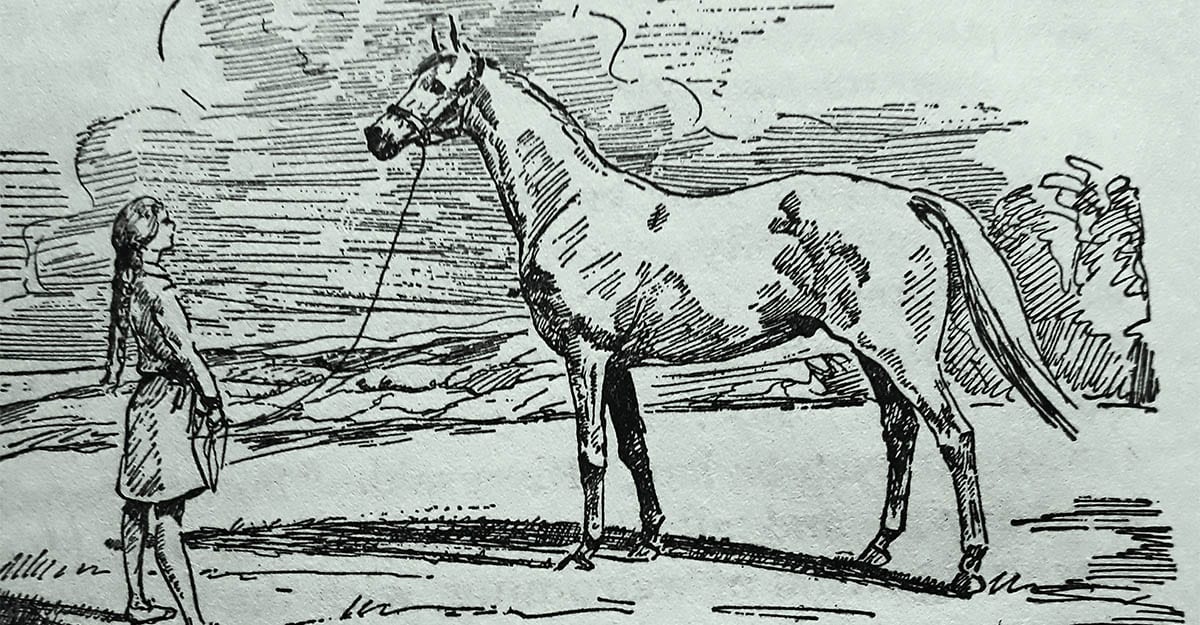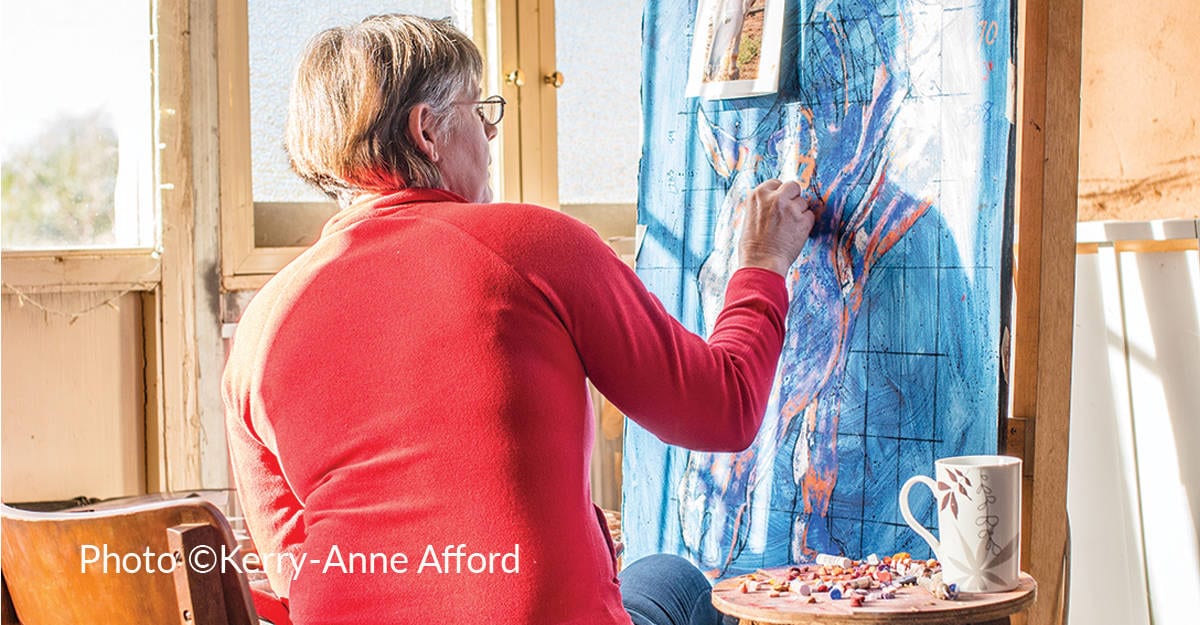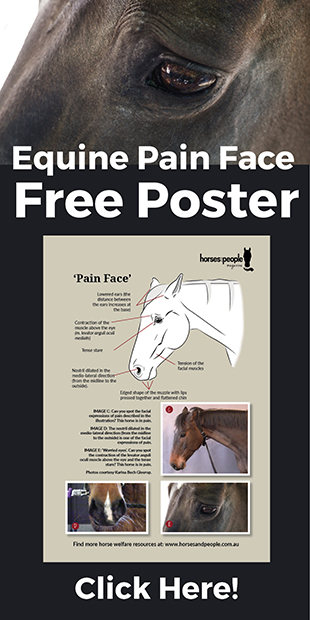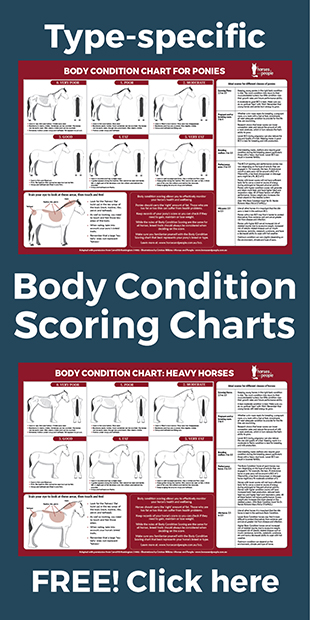Delacroix’s Horses
I first saw Horses Coming out of the Sea when I was two or three years old, and I hold it entirely responsible for my love of both horses and art.
It featured in my first picture-books, the ground-breaking ‘Masters of Colour’ part-work series, published by Fabbri in the mid-1960’s in affordable weekly editions, each with 16 superbly-printed colour plates. My mother, keen to bring culture, or at least distraction, to my baby sister and me, eagerly subscribed to it at the local newsagent.
Horses Coming out of the Sea and Arab Horses Fighting were my favourite works from the Delacroix issue. They’re mature works, painted late in Delacroix’s career and only three years before he died.
Neither are set in Delacroix’s home land of France; in fact, both were created from memories, and from numerous sketches and diary entries made on his life-changing voyage to North Africa in 1832.
In Horses Coming Out of the Sea, two stallions canter up onto a beach in Morocco after a swim; on the right, a grey ridden by a groom and on the left, a liver chestnut with ‘bling’.
The Moroccan rider holds his reins looped and with the touch of his seat, his bare thighs and his weight aids, he skilfully guides both horses up onto the sand and rocks. The compositional elements in the background, the sky, mountains and sea, meet in a seamless embrace, softened into in-distinction by carefully-blended brushwork.
One horse looks forward, towards the future, the other looks back at the sea, as if it were his chosen element, and harking back to the Greek myth of Poseidon, God of the Sea, who created the first horse from sea-foam.
The rider takes his position at the centre of the composition and in the apex between the two curvilinear horse bodies. His body functions visually as an anchor point between fellow creatures, Earth, sky and sea, and though he coordinates the flow of action between these elements, he is also in harmony with his horses and the world. He’s found an integrated position within Nature, not necessarily referencing a God or Gods, but certainly achieved via the Spiritual in its broadest sense. The most relevant equivalent here in our time would be the broader pitch to conservation and planetary awareness made by today’s environmentalists.

On the other hand, Delacroix’s painting of the same two stallions fighting in a stable on the right, depicts the murkier side of Nature; pure unbridled drama, violence, and conflict, and the ‘will to power’.
The red-eyed grey and liver-chestnut stallions rear up in what looks like mortal combat, with three grooms scattering and one ineffectually brandishing a whip.
However, this attack is so whirlwind and aggressive that none of these humans are game enough to step further in.
An array of bridles and saddles hang on the walls, but none of this tack will be any use in breaking up this savage match.
Delacroix’s account of a dramatic stallion fight is based on a real event he witnessed on his Moroccan excursion in 1832. As artist-in-residence, he accompanied the French Ambassador on a goodwill mission to appease Morocco’s Sultan Moulay Abd al-Rahman. While out riding with the delegation one day, the stallion of the Ambassador of France savagely attacked that of the English Consul. Delacroix wrote:
“After biting one another in every conceivable way, climbing on top of each other and prancing on their hind legs like men – having first, needless to say, got rid of their riders – they then plunged into a stream and went on fighting there with unheard-of ferocity.”
Delacroix was able to empathise with the horses’ fiery, charged-up way of being ‘in the world’ and to translate this into a symbol of Romanticism itself. These horses’ fieriness also expresses their frustration at being bridled and tamed – a metaphor for the Romantic’s frustration with the restraints of civilised society.
It’s at this point we begin to see the emergence of the agentive, or individual horse – one that later, in our own period, was to become the subject of equestrian social science. Perhaps most interestingly, we have an artist who, as a lifelong horseman, seems here to endorse sensual, emotional and ‘haptic’, or touch-based, forms of communication to better relate to Nature, our fellow animals and our own psyches.
Image Captions:
Image 1: Eugene Delacroix, Horses Coming Out of the Sea, 1860. Phillips Collection, Washington. Image source: www.wikimedia.org.
Image 2: Eugene Delacroix, Arab Horses Fighting in a Stable Morocco, 1832, 1860. Louvre, Paris. Image source: www.wikimedia.org.






















